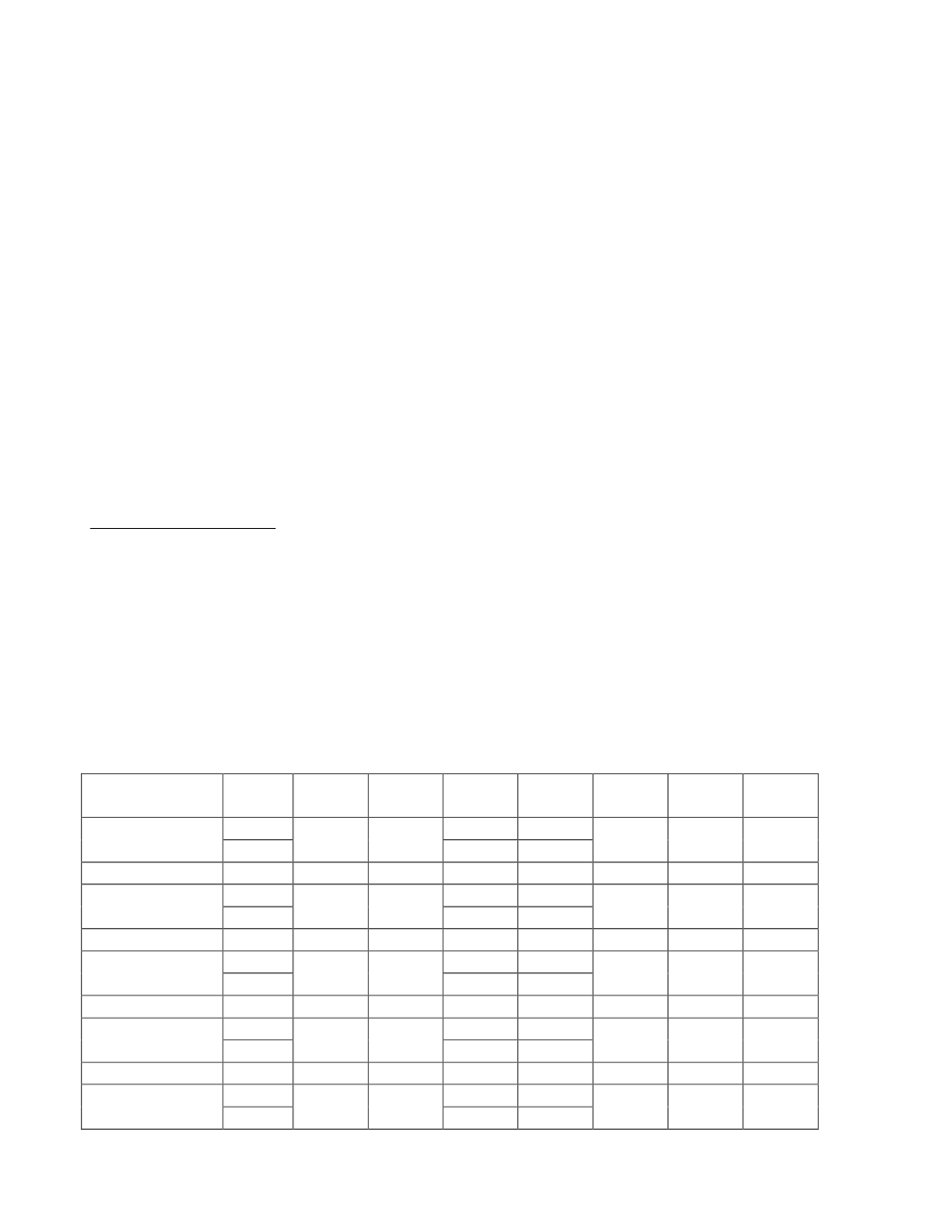

Ref. No. [UMCES] CBL 2016-010
ACT VS16-01
66
QUALITY ASSURANCE AND QUALITY CONTROL
All technical activities conducted by ACT comply with ACT’s Quality Management System
(QMS), which includes the policies, objectives, procedures, authority, and accountability needed to
ensure quality in ACT’s work processes, products, and services. The QMS provides the framework for
quality assurance (QA) functions, which cover planning, implementation, and review of data collection
activities and the use of data in decision making, and quality control. The QMS also ensures that all
ACT data collection and processing activities are carried out in a consistent manner, to produce data of
known and documented quality that can be used with a high degree of certainty by the intended user to
support specific decisions or actions regarding technology performance. ACT’s QMS meets the
requirements of ISO/IEC 17025:2005(E),
General requirements for the competence of testing and
calibration laboratories
; the American National Standards Institute (ANSI)/American Society for
Quality (ASQ) E4-2004
Quality Systems for Environmental Data and Technology Programs
; and U.S.
Environmental Protection Agency, quality standards for environmental data collection, production, and
use. An effective assessment program is an integral part of ACT’s quality system. The ACT Quality
Assurance (QA) Manager independently conducted two Technical Systems Audits (TSA) and data
quality assessments of the reference sample data for the DO verification.
Quality Control Samples
Each site conducted weekly field duplicates which are presented below in Tables 9 – 11. The
global average of the standard deviation among field duplicates for all field test sites was 0.03 ±0.07
(n=27), with 11 values exceeding our expected quality threshold of better than 0.013 mg/L DO. The
average of the standard deviation among MTU field duplicates was .011 ±.014 (n=12), the average for
CBL was .074 ±.006 (n=9) and the average for HIMB was .011 ±.012 (n=6). The higher variability at
CBL likely reflected fine-scale heterogeneity in the water mass as was also noted by the greater
variation in temperature across the mooring rack. In general, results attest to the representativeness of
our sampling to water mass being analyzed by the test instruments and to consistent sample handling.
Table 9.
Results of Field Duplicates (FD) for the Keweenaw Waterway, MI mooring test.
Date/Time
Rep
Temp
Spec
Cond
DO
Std
Dev
Mean
Std
Dev
ABS
Diff
1-14-15 10:30 FD1
.06
94
13.819
.005
13.819
0.00
0.000
FD2
13.819
.002
1-22-15 12:30 FD1
.31
99
12.981
.013
12.986
.007
.010
FD2
12.991
.005
1-29-15 16:00 FD1
.24
103
12.958
.041
12.947
.015
.021
FD2
12.937
.013
2-5-15 15:30
FD1
.21
106
12.671
.004
12.667
.006
.009
FD2
12.662
.007
2-19-15 15:30 FD1
.35
108
11.973
.008
11.974
0.000
.001
FD2
11.974
.011
















